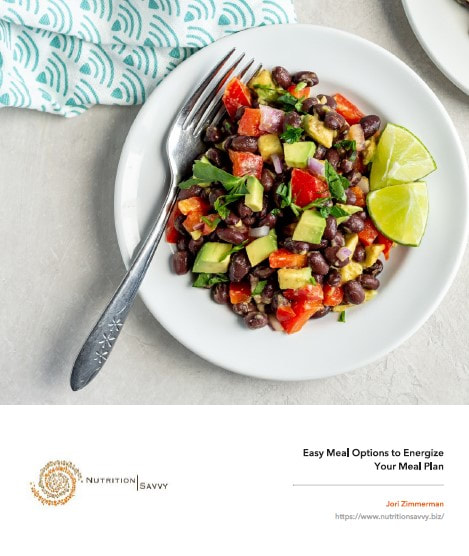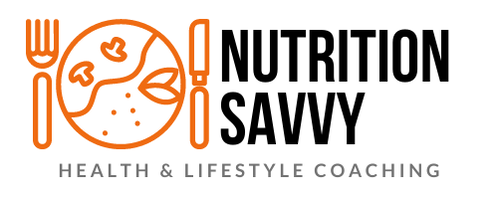|
Ten years ago, very few of us had ever heard of gluten. Today we see it everywhere. Our biggest food makers and restaurants are recreating recipes to tap into the growing numbers of individuals that are looking to go gluten-free. Surveys are showing that almost a third of Americans are going gluten free. This has created a multibillion-dollar business. Many advocates of gluten-free diets warn that non-celiac gluten sensitivity is a wide, unseen epidemic undermining the health of millions of people. They believe that avoiding gluten gives them added energy, alleviates digestive issues and improves their overall health. Traditional views on all types of grains are that they are not only healthy but a necessary foundation to our diet. They feel that gluten-free products are less nutritious and that there is no reason to avoid gluten unless you have celiac disease or a diagnosed allergy. They see the popularity of gluten-free foods as just the latest fad, destined to fade like the Atkins diet and avoidance of carbohydrates a decade ago. What is gluten exactly? It’s a protein that’s found in certain grains, including barley, wheat and rye. It’s sticky and has a glue-like property. That stickiness is why it is so useful to the food industry. They use it in products as a binder, filler, bulking agent, shaper, texturizer and stabilizer. It’s everywhere and has become such a common additive that our government doesn’t even require it be labeled on packages. It’s often hidden under names such as “vegetable protein,” “food starch,” hydrolyzed vegetable protein,” or “natural flavors.” Over 80% of our processed foods contain gluten. Celiac Disease and Non-Gluten Sensitivity For an estimated 3 million Americans, about 1% of the population, gluten is life-threating because they have celiac disease. Celiac disease is an autoimmune digestive disorder that can cause extreme stomach pain, diarrhea, and occasionally skin rashes after consuming foods that contain the protein gluten. This is the most serious condition specifically associated with gluten and onset can occur at any age. Symptoms vary from person to person and for many they don’t experience any symptoms at all. To find out if you have celiac, a simple blood test, tissue transglutaminase (tTG) is the first step. To confirm diagnosis, a small intestinal biopsy is needed. You need to be eating gluten in order to test for celiac disease. Non-Celiac Gluten Sensitivity (NCGS) is a non-specific immune response to gluten that is estimated to affect 6% of the population or 18 million Americans. For those affected, they will experience some of the same symptoms of celiac disease without the intestinal damage. There are no tests to determine if you have NCGS or not, other than removing all gluten from your diet for at least 30 days, then reintroducing and tracking your symptoms. It’s important to rule out celiac disease or a wheat allergy first before you do a gluten elimination diet. Both CD and NCGS can trigger physical discomfort such as stomach pain, bloating, nausea or diarrhea; psychological issues like brain fog, impaired coordination and memory problems. If you suffer from any of the following symptoms, the possibility that you have issues with gluten and it may be worth investigating.
Gluten and Grain Facts So you think that gluten-free is just a fad or you don’t think you fall into the gluten sensitivity spectrum, below are some very valid reasons to think twice about eating all types of grains, gluten-free or not.
A commonsense way to go gluten free When you go gluten-free, be sure to do it the healthy way:
EAT REAL FOOD - Shop the grocery store perimeter. Stick with naturally gluten-free whole foods: vegetables, a little fruit, quality grass-fed or organic meat and poultry, wild caught fish, health fats and a few non-gluten whole grains, and nuts. Don’t eat gluten-free processed foods. This choice is just as bad as gluten processed foods. Gluten-free foods many times contain more sugar and calories. They are made with refined rice or potato flours. If you do buy processed foods, keep an eye on the sugar, fat and sodium content of the product. READ LABELS. The gluten-free fad is undermining people's health because now there are gluten-free varieties of all that junk food. Whether your cookie is gluten-free or not, it's still a cookie. If you want to go gluten-free but not grain free. Replace wheat with amaranth, corn, millet, quinoa, teff, and the occasional serving of rice. For those with blood sugar issues or trying to lose weight, limit to small servings. 1 to 2 servings, ½ cup day. To avoid GMOs look for organic or non-GMOs labels. Invest in nutrition therapist. A nutrition therapist can provide the support and guidance to going gluten or grain-free the right way to help you obtain the health and wellness that you are looking for. Please email [email protected] to learn more about Jori and the services offered at Nutrition Savvy. We do offer a complimentary 30 minute consult for you to evaluate if we are the right fit. |
Author
Hello! I'm Jori Zimmerman, a nutritionist and owner of Nutrition Savvy. I work with individuals that are looking to make dietary and lifestyle changes that will lead them to living a healthier and higher quality of life. Archives
February 2021
Categories
All
|
|
|
Jori Zimmerman, Nutritionist and Owner
[email protected] 303-585-1025 Tucson, AZ 85715 Disclaimer |

 RSS Feed
RSS Feed

